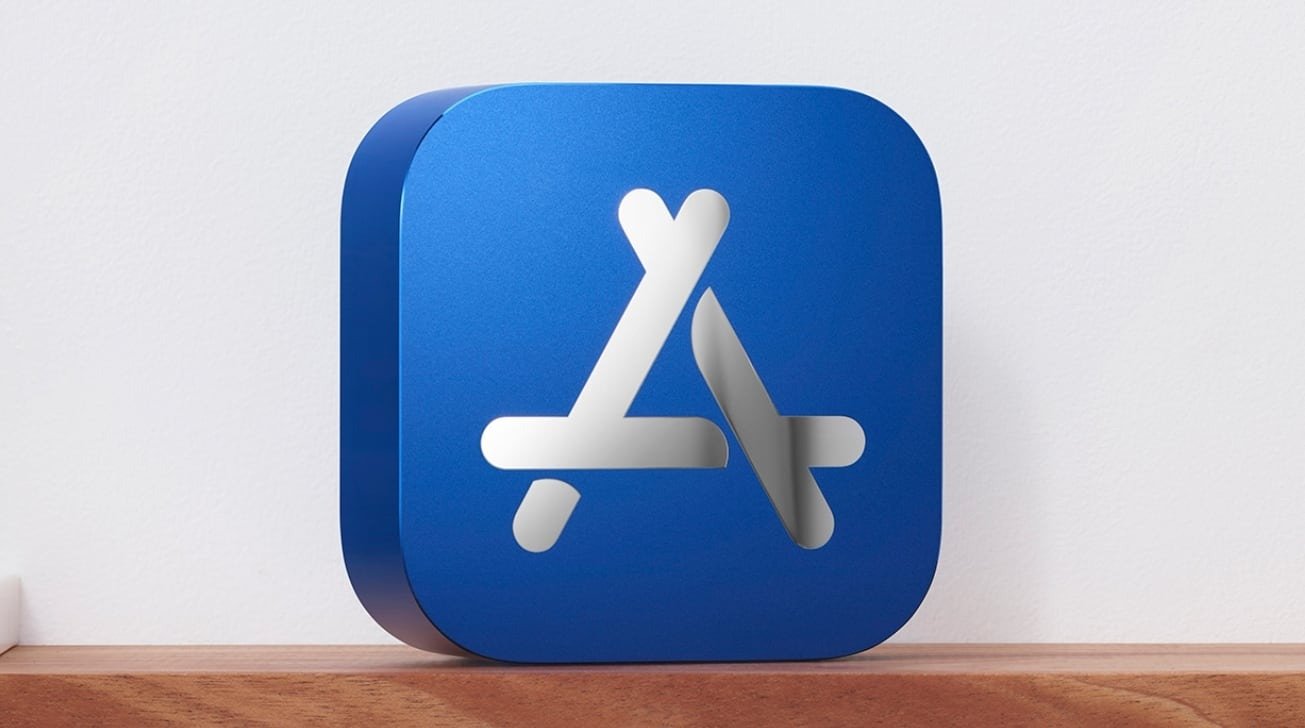App Store prices set to increase in United Kingdom, others
Apple has announced that, due to changes in foreign exchange rates, it will raise prices of both apps and in-app purchases made in several countries starting on February 13.

App Store prices to
The countries that will see price increases include:
While several countries are seeing price increases, prices in Uzbekistan will decrease to reflect the reduction of the value-added tax rate.
The company also notes that Ireland, Luxembourg, Singapore, and Zimbabwe will not see price increases, but proceeds will be adjusted to reflect local tax changes.
Additionally, proceeds will increase for local developers selling in Cambodia, Kyrgyzstan, Indonesia, Singapore, South Korea, Tajikistan, Thailand, and Uzbekistan.
Apple previously announced that it will provide developers with 900 price points as well as new App Store pricing tools. The change is set to roll out in spring 2023.
Read on AppleInsider

App Store prices to
The countries that will see price increases include:
- Columbia
- Egypt
- Hungary
- Nigeria
- Norway
- South Africa
- United Kingdom
While several countries are seeing price increases, prices in Uzbekistan will decrease to reflect the reduction of the value-added tax rate.
The company also notes that Ireland, Luxembourg, Singapore, and Zimbabwe will not see price increases, but proceeds will be adjusted to reflect local tax changes.
Additionally, proceeds will increase for local developers selling in Cambodia, Kyrgyzstan, Indonesia, Singapore, South Korea, Tajikistan, Thailand, and Uzbekistan.
Apple previously announced that it will provide developers with 900 price points as well as new App Store pricing tools. The change is set to roll out in spring 2023.
Read on AppleInsider

Comments
The example quoted by JP234 of the Mac Mini going from $699 to $599 in the US. That same Mac Mini M2 is £649 in the UK. At the current exchange rate of $1.2395/£ that is $804.43.
Apple has always charged much higher prices outside of the US. For a high-end Mac, the difference in price will pay for a holiday to the US to buy it.
Base cost of mini: $599
This price includes no sales tax in the US. When the product comes to the UK pricing includes sales tax, but it also includes import duties. So what are these?
Import duty: ~10% adds ~$59.90
So the “real consumer price” is actually ~$790.68
Converting this to UK currency at the rate above we get a UK price of £637.90.
The round up to the price point of £649 gives an additional margin of just over £11 in this case, so one can reasonably argue that the so called price gauging overseas is not as bad as first implied. The real issue is the duties and taxes that are added and go straight to the UK government.
We also need to remember overseas that the US price is not the real price paid as sales taxes get added, but this varies greatly depending on where in the US you buy (and use, technically) the item.
https://www.reuters.com/article/us-apple-iphone-prices/apple-lowers-some-iphone-prices-outside-u-s-to-offset-strong-dollar-idUSKCN1PO06G
I, for example, can buy Apple products for a bit less here than in the US because I can claim them as a business expense and be reimbursed for the VAT (it’s actually credited against the VAT that people pay me for my work).
Whilst I also don't recall a time that Apple prices have dropped in the last 15 years related to this, it is also true that the pound to dollar exchange rate has also fallen over that time so there is unlikely to have been a time that a price correction would have gone the other way in this period.
I'm also in this position as I run my own business which partially zero rated for supply so full VAT recovery. We're still stuck with ~10% import duty and currency fluctuation, but it's not as bad as it seems at first glance for this reason. I have, previously, been a little naughty in that I've taken advantage of the fluctuation and high value purchase to use it as a way to justify a flight to the US for a holiday - the savings on buying in the US vs the UK effectively covers the price of the flight and hotel for a week or two - selling my old computer while there and coming back with a new one - been over 10 years since that kind of difference was workable though, but with the recent price rises it may be possible again soon.
2) The post appears to imply that Macs are made in the US and not imported there! When I am one of the first buyers of a new Mac model, I receive the tracking information from China to my door - ahead of the container ships bringing in the same products. I imagine, given the current US-China climate, that the US, unlike the UK, does have import duties for computers imported from China - making the price differential even more egregious.